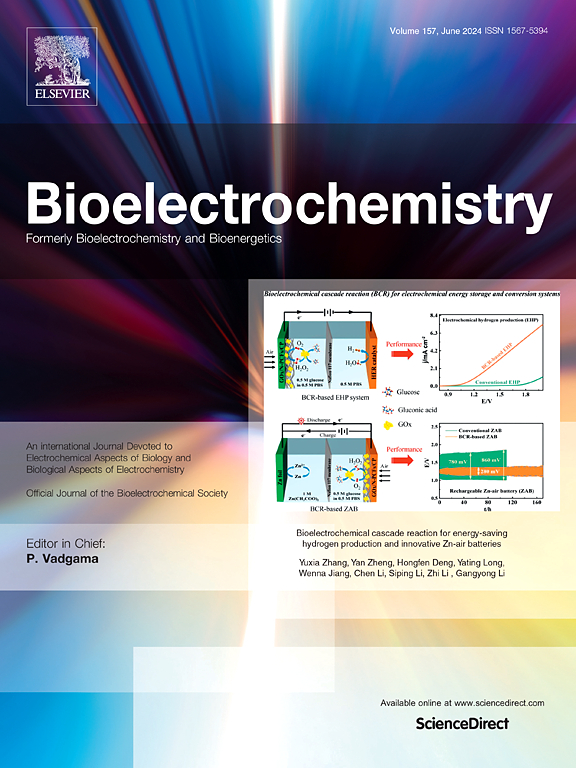Basal cortisol level modulates stress-induced opioid-seeking behavior
IF 3.6
2区 医学
Q1 NEUROSCIENCES
引用次数: 0
Abstract
In preclinical studies and our human laboratory, the α2-noradrenergic autoreceptor antagonist yohimbine was found to promote drug-seeking behavior. This study evaluated effects of dose-combinations of yohimbine and the glucocorticoid receptor agonist hydrocortisone to model intensity-dependent effects of stimulating each neurochemical system, alone and together, on stress-reactivity and opioid-seeking. Twelve regular heroin-using participants diagnosed with opioid use disorder (OUD) were stabilized on sublingual buprenorphine (8-mg/day), then passed a hydromorphone 18-mg vs. placebo intramuscular reinforcement screen. Across 9 experimental conditions (3 × 3 within-subject, randomized crossover, placebo-controlled, double-blind design) during inpatient buprenorphine maintenance, combinations of oral pretreatment doses of yohimbine (0, 27, 54-mg; t = 0 min) then hydrocortisone (0, 20, 40-mg; t = 45 min) were administered. In each condition, subjective drug and mood effects, cardiovascular responses, and saliva cortisol and α-amylase levels were assessed to evaluate stress-reactivity, and participants completed a 12-trial choice progressive ratio task during which they could earn units of hydromorphone (1.5-mg intramuscular) and/or money ($2.00). Yohimbine dose-dependently increased blood pressure, α-amylase, and anxiety scores, and decreased opioid agonist symptoms; hydrocortisone dose-dependently increased cortisol levels. Yohimbine/hydrocortisone dose-combinations significantly shifted within-session responding from money to opioid-seeking among participants with lower basal cortisol levels. These findings replicate yohimbine effects on stress biomarkers and demonstrate that noradrenergic/glucocorticoid-potentiated opioid-seeking is modulated by basal cortisol level. In persons with OUD stabilized on buprenorphine, basal HPA-axis activity and acute stressors can enhance opioid relative reinforcing efficacy. These factors may limit OUD treatment efficacy and highlight the need for novel interventions that prevent stress-induced opioid-seeking.
基础皮质醇水平调节应激诱导的阿片寻求行为
在临床前研究和我们的人体实验室中,发现α2-去甲肾上腺素能自体受体拮抗剂育亨宾能促进觅药行为。本研究评估了育亨宾和糖皮质激素受体激动剂氢化可的松的剂量组合效应,以模拟单独或同时刺激每种神经化学系统对应激反应和阿片觅药行为的强度依赖效应。12 名被诊断为阿片类药物使用障碍(OUD)的定期吸食海洛因的参与者在舌下含服丁丙诺啡(8 毫克/天)稳定后,通过了 18 毫克氢吗啡酮与安慰剂的肌肉注射强化筛选。在住院丁丙诺啡维持治疗期间的 9 个实验条件(3 × 3 受试者内、随机交叉、安慰剂对照、双盲设计)中,分别给予口服预处理剂量育亨宾(0、27、54 毫克;t = 0 分钟)和氢化可的松(0、20、40 毫克;t = 45 分钟)的组合。在每种条件下,都会对主观药物和情绪效应、心血管反应、唾液皮质醇和α-淀粉酶水平进行评估,以评价应激反应性,参与者还完成了一项 12 次选择累进比率任务,在该任务中,他们可以获得氢吗啡酮单位(1.5 毫克肌肉注射)和/或金钱(2 美元)。育亨宾剂量依赖性地增加了血压、α-淀粉酶和焦虑评分,并减少了阿片激动症状;氢化可的松剂量依赖性地增加了皮质醇水平。在基础皮质醇水平较低的参与者中,育亨宾/氢化可的松的剂量组合能显著地将会话期内的反应从金钱转向阿片寻求。这些发现复制了育亨宾对应激生物标志物的影响,并证明了去甲肾上腺素能/糖皮质激素促进的阿片类药物寻求受基础皮质醇水平的调节。对于服用丁丙诺啡后病情稳定的 OUD 患者,基础 HPA 轴活动和急性应激因素会增强阿片类药物的相对强化效果。这些因素可能会限制对 OUD 的治疗效果,并凸显了对新型干预措施的需求,以防止压力引起的阿片类药物寻求。
本文章由计算机程序翻译,如有差异,请以英文原文为准。
求助全文
约1分钟内获得全文
求助全文
来源期刊

Neurobiology of Stress
Biochemistry, Genetics and Molecular Biology-Biochemistry
CiteScore
9.40
自引率
4.00%
发文量
74
审稿时长
48 days
期刊介绍:
Neurobiology of Stress is a multidisciplinary journal for the publication of original research and review articles on basic, translational and clinical research into stress and related disorders. It will focus on the impact of stress on the brain from cellular to behavioral functions and stress-related neuropsychiatric disorders (such as depression, trauma and anxiety). The translation of basic research findings into real-world applications will be a key aim of the journal.
Basic, translational and clinical research on the following topics as they relate to stress will be covered:
Molecular substrates and cell signaling,
Genetics and epigenetics,
Stress circuitry,
Structural and physiological plasticity,
Developmental Aspects,
Laboratory models of stress,
Neuroinflammation and pathology,
Memory and Cognition,
Motivational Processes,
Fear and Anxiety,
Stress-related neuropsychiatric disorders (including depression, PTSD, substance abuse),
Neuropsychopharmacology.
 求助内容:
求助内容: 应助结果提醒方式:
应助结果提醒方式:


